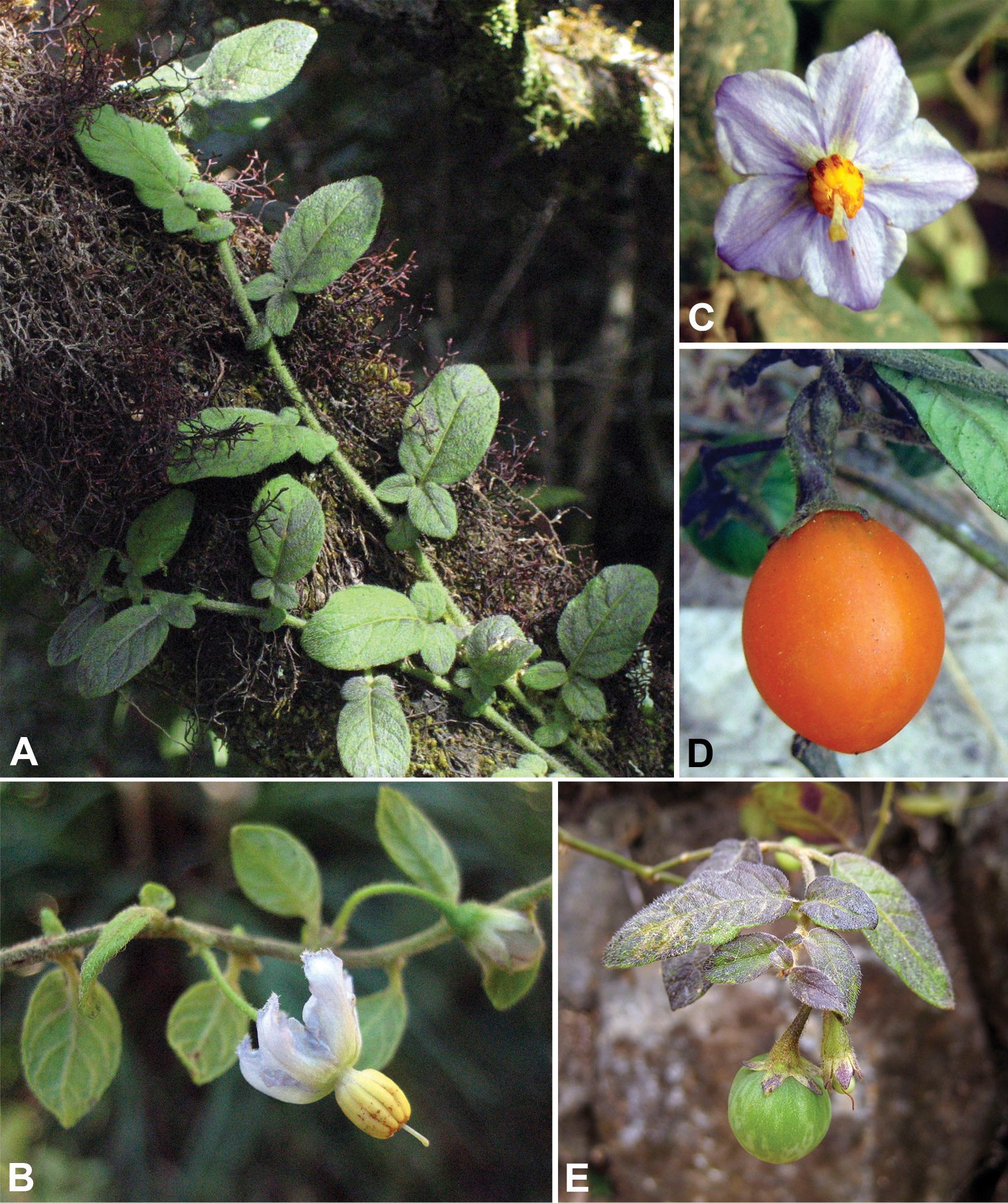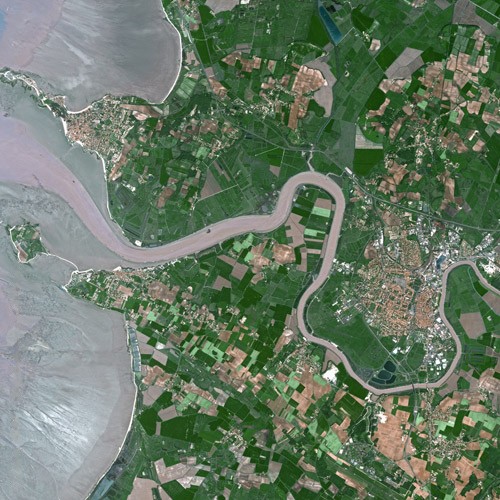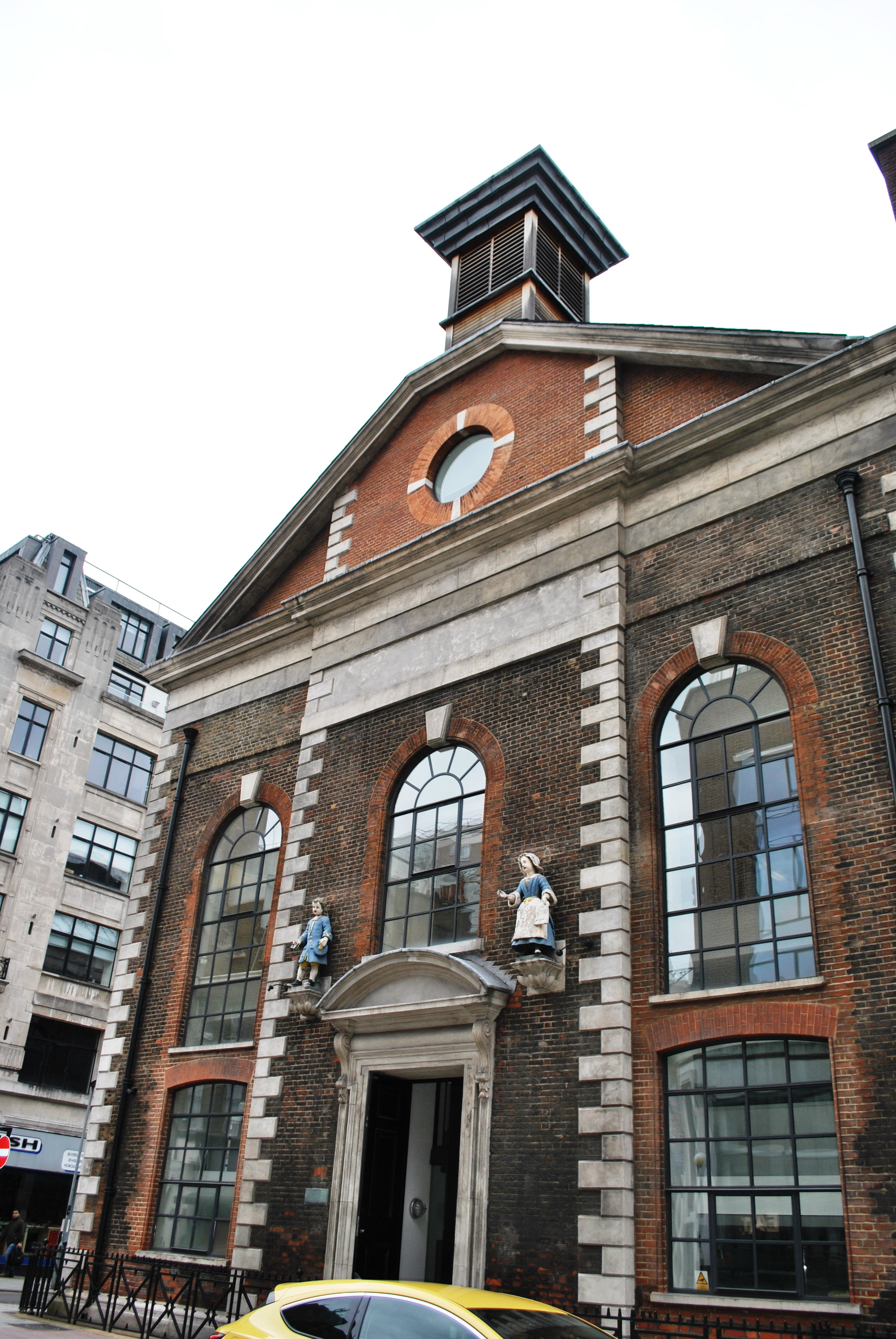|
Jeanne Baret
Jeanne Baret (; 27 July 1740 – 5 August 1807) was a member of Louis Antoine de Bougainville's expedition on the ships '' La Boudeuse'' and '' Étoile'' in 1766–1769. Baret is recognized as the first woman to have completed a voyage of circumnavigation of the globe, which she did via maritime transport. Jeanne Baret joined the expedition disguised as a man, calling herself Jean Baret. She enlisted as valet and assistant to the expedition's naturalist, Philibert Commerçon (anglicized as Commerson), shortly before Bougainville's ships sailed from France. According to Bougainville's account, Baret was herself an expert botanist. Early life Jeanne Baret was born on 27 July 1740, in the village of La Comelle in the Burgundy region of France. Her record of baptism survives and identifies her as the legitimate issue of Jean Baret and Jeanne Pochard. Her father is identified as a day laborer and seems likely to have been illiterate, as he did not sign the parish register. ... [...More Info...] [...Related Items...] OR: [Wikipedia] [Google] [Baidu] |
La Comelle
La Comelle () is a commune in the Saône-et-Loire department in the region of Bourgogne-Franche-Comté in eastern France. It was the birthplace of Jeanne Baret, the first woman to circumnavigate the world. See also *Communes of the Saône-et-Loire department *Parc naturel régional du Morvan Morvan Regional Natural Park (French: ''Parc naturel régional du Morvan'') is a protected area of woodlands, lakes and traditional farmland in the Bourgogne-Franche-Comté region of central France. It covers a total area of and extends through f ... References Communes of Saône-et-Loire {{SaôneLoire-geo-stub ... [...More Info...] [...Related Items...] OR: [Wikipedia] [Google] [Baidu] |
Burgundy (French Region)
Burgundy (; french: link=no, Bourgogne ) is a historical territory and former Regions of France, administrative region and province of east-central France. The province was once home to the Duke of Burgundy, Dukes of Burgundy from the early 11th until the late 15th century. The capital of Dijon was one of the great European centres of art and science, a place of tremendous wealth and power, and Western Monasticism. In early Modern Europe, Burgundy was a focal point of courtly culture that set the fashion for European royal houses and their court. The Duchy of Burgundy was a key in the transformation of the Middle Ages toward early modern Europe. Upon the 9th-century partitions of the Kingdom of Burgundy, the lands and remnants partitioned to the Kingdom of France were reduced to a ducal rank by King Robert II of France in 1004. The House of Burgundy, a cadet branch of the House of Capet, ruled over a territory that roughly conformed to the borders and territories of the modern ... [...More Info...] [...Related Items...] OR: [Wikipedia] [Google] [Baidu] |
Rio De Janeiro
Rio de Janeiro ( , , ; literally 'River of January'), or simply Rio, is the capital of the state of the same name, Brazil's third-most populous state, and the second-most populous city in Brazil, after São Paulo. Listed by the GaWC as a beta global city, Rio de Janeiro is the sixth-most populous city in the Americas. Part of the city has been designated as a World Heritage Site, named "Rio de Janeiro: Carioca Landscapes between the Mountain and the Sea", on 1 July 2012 as a Cultural Landscape. Founded in 1565 by the Portuguese, the city was initially the seat of the Captaincy of Rio de Janeiro, a domain of the Portuguese Empire. In 1763, it became the capital of the State of Brazil, a state of the Portuguese Empire. In 1808, when the Portuguese Royal Court moved to Brazil, Rio de Janeiro became the seat of the court of Queen Maria I of Portugal. She subsequently, under the leadership of her son the prince regent João VI of Portugal, raised Brazil to the dignity ... [...More Info...] [...Related Items...] OR: [Wikipedia] [Google] [Baidu] |
Montevideo
Montevideo () is the capital and largest city of Uruguay. According to the 2011 census, the city proper has a population of 1,319,108 (about one-third of the country's total population) in an area of . Montevideo is situated on the southern coast of the country, on the northeastern bank of the Río de la Plata. The city was established in 1724 by a Spanish soldier, Bruno Mauricio de Zabala, as a strategic move amidst the Spanish- Portuguese dispute over the platine region. It was also under brief British rule in 1807, but eventually the city was retaken by Spanish criollos who defeated the British invasions of the River Plate. Montevideo is the seat of the administrative headquarters of Mercosur and ALADI, Latin America's leading trade blocs, a position that entailed comparisons to the role of Brussels in Europe. The 2019 Mercer's report on quality of life, rated Montevideo first in Latin America, a rank the city has consistently held since 2005. , Montevideo was the 1 ... [...More Info...] [...Related Items...] OR: [Wikipedia] [Google] [Baidu] |
Line-crossing Ceremony
The line-crossing ceremony is an initiation rite that commemorates a person's first crossing of the Equator. The tradition may have originated with ceremonies when passing headlands, and become a "folly" sanctioned as a boost to morale,Robert FitzRoy (1839) ''Narrative of the surveying voyages of His Majesty's Ships Adventure and Beagle between the years 1826 and 1836'', London: Henry Colburn. pp57–58 or have been created as a test for seasoned sailors to ensure their new shipmates were capable of handling long, rough voyages. Equator-crossing ceremonies, typically featuring King Neptune, are common in the Navy and are also sometimes carried out for passengers' entertainment on civilian ocean liners and cruise ships. They are also performed in the merchant navy and aboard sail training ships. Throughout history, line-crossing ceremonies have sometimes become dangerous hazing rituals. Most modern navies have instituted regulations that prohibit physical attacks on sailors under ... [...More Info...] [...Related Items...] OR: [Wikipedia] [Google] [Baidu] |
Karl Heinrich Von Nassau-Siegen
Karl Heinrich von Nassau-Siegen (; 5 January 1743 – 10 April 1808), was a French-born fortune-seeker and adventurer active in Spain, Poland and the Russian Empire. A controversial figure, he was best known as Catherine II's least successful naval commander. Charles Henry, in Catherine II's own words, "had everywhere the reputation of a crazy fellow". He sailed around the world with Bougainville, "fought tigers bare-handed" in Central Africa and reportedly seduced the Queen of Tahiti. His tiger hunt is the subject oa vast canvasby Francesco Casanova. Life He was the son of Maximilien Guillaume Adolphe of Nassau-Siegen (d. 1748) and his wife Amicie de Monchy (d. 1752). Charles Henry's family and title were disputed. His father was in 1756 posthumously recognized in France to be a legitimate son of Emmanuel Ignatius of Nassau-Siegen, [...More Info...] [...Related Items...] OR: [Wikipedia] [Google] [Baidu] |
Head (watercraft)
The head (pl. heads) is a ship's toilet. The name derives from sailing ships in which the toilet area for the regular sailors was placed at the head or bow of the ship. Design In sailing ships, the toilet was placed in the bow somewhat above the water line with vents or slots cut near the floor level allowing normal wave action to wash out the facility. Only the captain had a private toilet near his quarters, at the stern of the ship in the quarter gallery. The plans of 18th-century naval ships do not reveal the construction of toilet facilities when the ships were first built. The Journal of Aaron Thomas aboard HMS ''Lapwing'' in the Caribbean Sea in the 1790s records that a canvas tube was attached, presumably by the ship's sailmaker, to a superstructure beside the bowsprit near the figurehead, ending just above the normal waterline. In many modern boats, the heads look similar to seated flush toilets but use a system of valves and pumps that brings sea water into the to ... [...More Info...] [...Related Items...] OR: [Wikipedia] [Google] [Baidu] |
Rochefort, Charente-Maritime
Rochefort ( oc, Ròchafòrt), unofficially Rochefort-sur-Mer (; oc, Ròchafòrt de Mar, link=no) for disambiguation, is a city and commune in Southwestern France, a port on the Charente estuary. It is a subprefecture of the Charente-Maritime department, located in the administrative region of Nouvelle-Aquitaine (before 2015: Poitou-Charentes). In 2018, it had a population of 23,583. Geography Rochefort lies on the river Charente, close to its outflow into the Atlantic Ocean. It is about 30 km southeast of La Rochelle. Rochefort station has rail connections to La Rochelle, Nantes and Bordeaux. History In December 1665, Rochefort was chosen by Jean-Baptiste Colbert as a place of "refuge, defence and supply" for the French Navy. The Arsenal de Rochefort served as a naval base and dockyard until it closed in 1926. In September 1757, Rochefort was the target of an ambitious British raid during the Seven Years' War. Another infrastructure of early Rochefort from 1766 was ... [...More Info...] [...Related Items...] OR: [Wikipedia] [Google] [Baidu] |
French Livre
The livre (abbreviation: £ or ₶., French for (pound)) was the currency of Kingdom of France and its predecessor state of West Francia from 781 to 1794. Several different livres existed, some concurrently. The livre was the name of coins and of units of account. History Origin and etymology The livre was established by Charlemagne as a unit of account equal to one pound of silver. It was subdivided into 20 '' sous'' (also ''sols''), each of 12 '' deniers''. The word ''livre'' came from the Latin word '' libra'', a Roman unit of weight and still the name of a pound in modern French, and the denier comes from the Roman denarius. This system and the denier itself served as the model for many of Europe's currencies, including the British pound, Italian lira, Spanish dinero and the Portuguese dinheiro. This first livre is known as the . Only deniers were initially minted, but debasement led to larger denominations being issued. Different mints in different regions used d ... [...More Info...] [...Related Items...] OR: [Wikipedia] [Google] [Baidu] |
Foundling Hospital
The Foundling Hospital in London, England, was founded in 1739 by the philanthropic sea captain Thomas Coram. It was a children's home established for the "education and maintenance of exposed and deserted young children." The word " hospital" was used in a more general sense than it is in the 21st century, simply indicating the institution's "hospitality" to those less fortunate. Nevertheless, one of the top priorities of the committee at the Foundling Hospital was children's health, as they combated smallpox, fevers, consumption, dysentery and even infections from everyday activities like teething that drove up mortality rates and risked epidemics. With their energies focused on maintaining a disinfected environment, providing simple clothing and fare, the committee paid less attention to and spent less on developing children's education. As a result, financial problems would hound the institution for years to come, despite the growing "fashionableness" of charities like th ... [...More Info...] [...Related Items...] OR: [Wikipedia] [Google] [Baidu] |
Paris
Paris () is the Capital city, capital and List of communes in France with over 20,000 inhabitants, most populous city of France, with an estimated population of 2,165,423 residents in 2019 in an area of more than 105 km² (41 sq mi), making it the List of cities proper by population density, 30th most densely populated city in the world in 2020. Since the 17th century, Paris has been one of the world's major centres of finance, diplomacy, commerce, Fashion capital, fashion, gastronomy, and science. For its leading role in the arts and sciences, as well as its very early system of street lighting, in the 19th century it became known as "the City of Light". Like London, prior to the Second World War, it was also sometimes called Caput Mundi#Paris, the capital of the world. The City of Paris is the centre of the Île-de-France Regions of France, region, or Paris Region, with an estimated population of 12,262,544 in 2019, or about 19% of the population of France, making the ... [...More Info...] [...Related Items...] OR: [Wikipedia] [Google] [Baidu] |
Toulon-sur-Arroux
Toulon-sur-Arroux (, literally ''Toulon on Arroux'') is a commune in the Saône-et-Loire department in the region of Bourgogne-Franche-Comté in eastern France. See also *Communes of the Saône-et-Loire department The following is a list of the 565 communes of the Saône-et-Loire department of France. The communes cooperate in the following intercommunalities (as of 2020):Communes of Saône-et-Loire Charolais, France {{SaôneLoire-geo-stub ... [...More Info...] [...Related Items...] OR: [Wikipedia] [Google] [Baidu] |









